Biophysics (Mechanics)
1/24
There's no tags or description
Looks like no tags are added yet.
Name | Mastery | Learn | Test | Matching | Spaced |
|---|
No study sessions yet.
25 Terms
Joints have a max degree of movement/freedom, displacement and max rotation capacity, what is this maximum?
- max 3 degrees of displacement
- max 3 degrees of rotation
What is the normal degree of movement/freedom (displacement), and rotation capacity for a joint?
- no displacement
- 1 to 2 rotations
how do muscles contract
muscles can only produce a pulling force, a force of contraction in the direction of its fibers (from insertion to origin)
if Fj (force that appears at the joint) is large then...
the ligament can be stressed or torn (sprain)
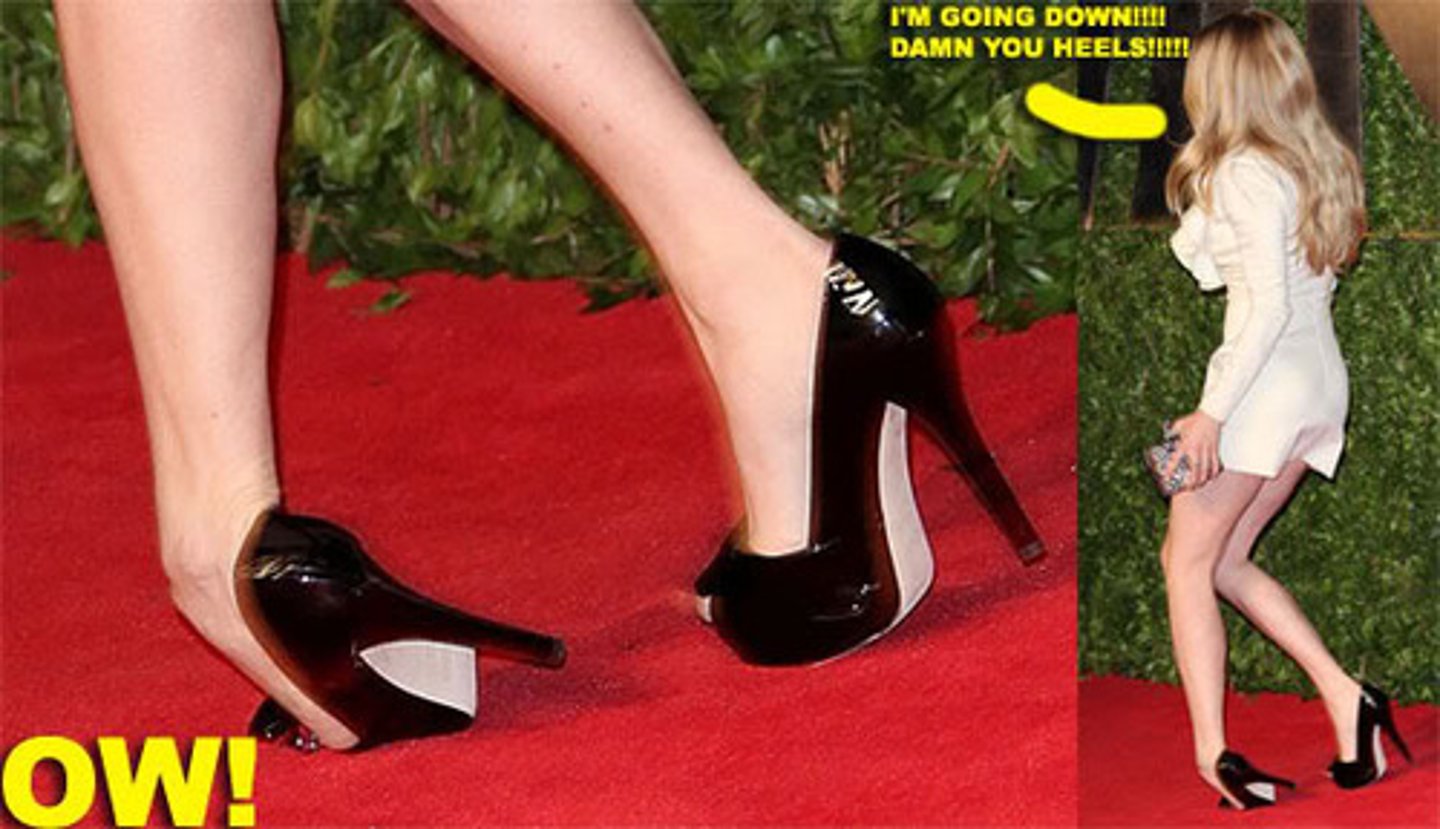
if Fm (muscular force) is large then....
the muscles and tendons can tear (strain)
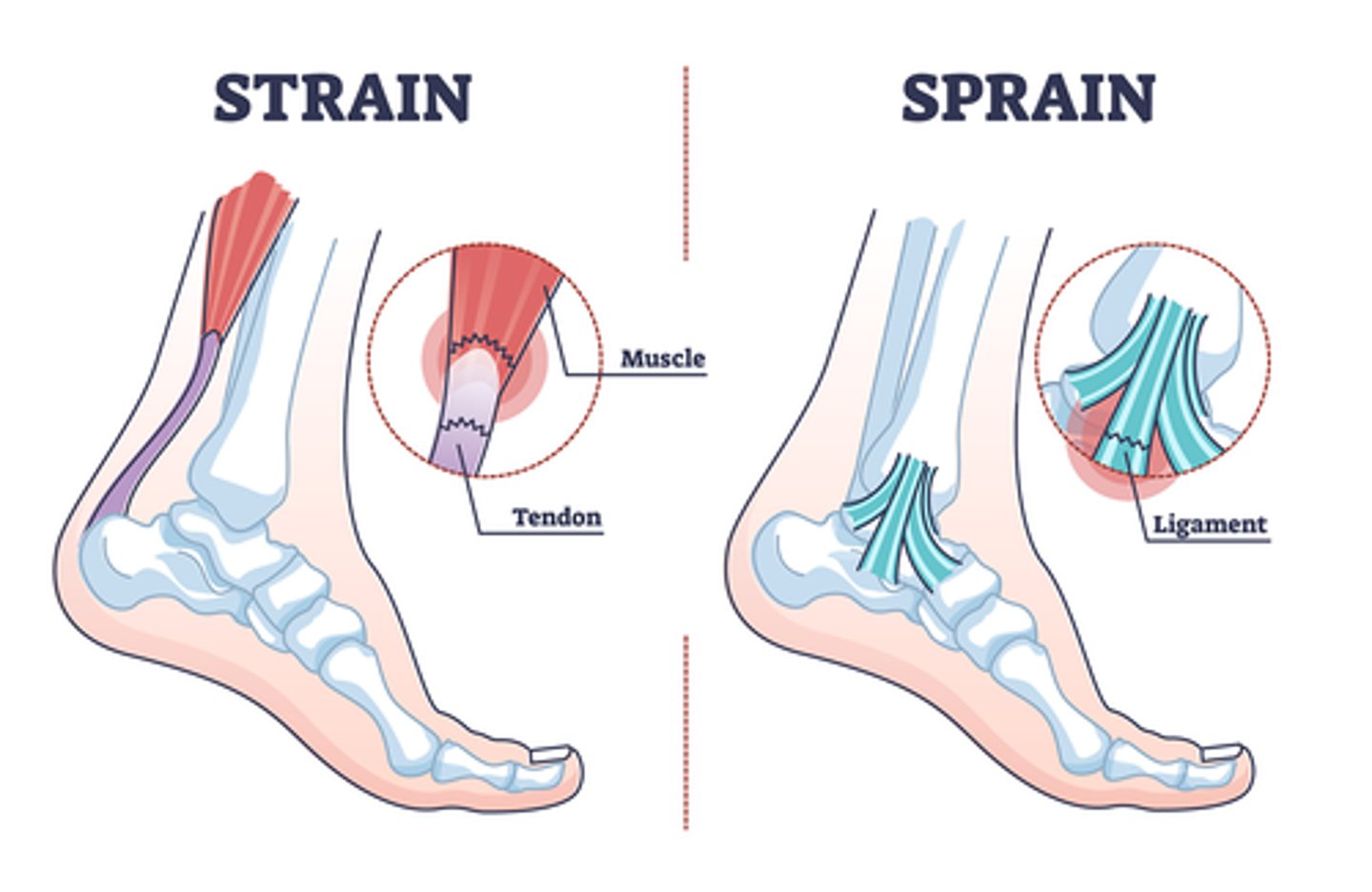
if Fl (load on the system) is huge then:
the bones can also break
the magnitude of the torque force (momentum) formula is:
Newton * meters
(fuerza por distancia)
clockwise torque
-
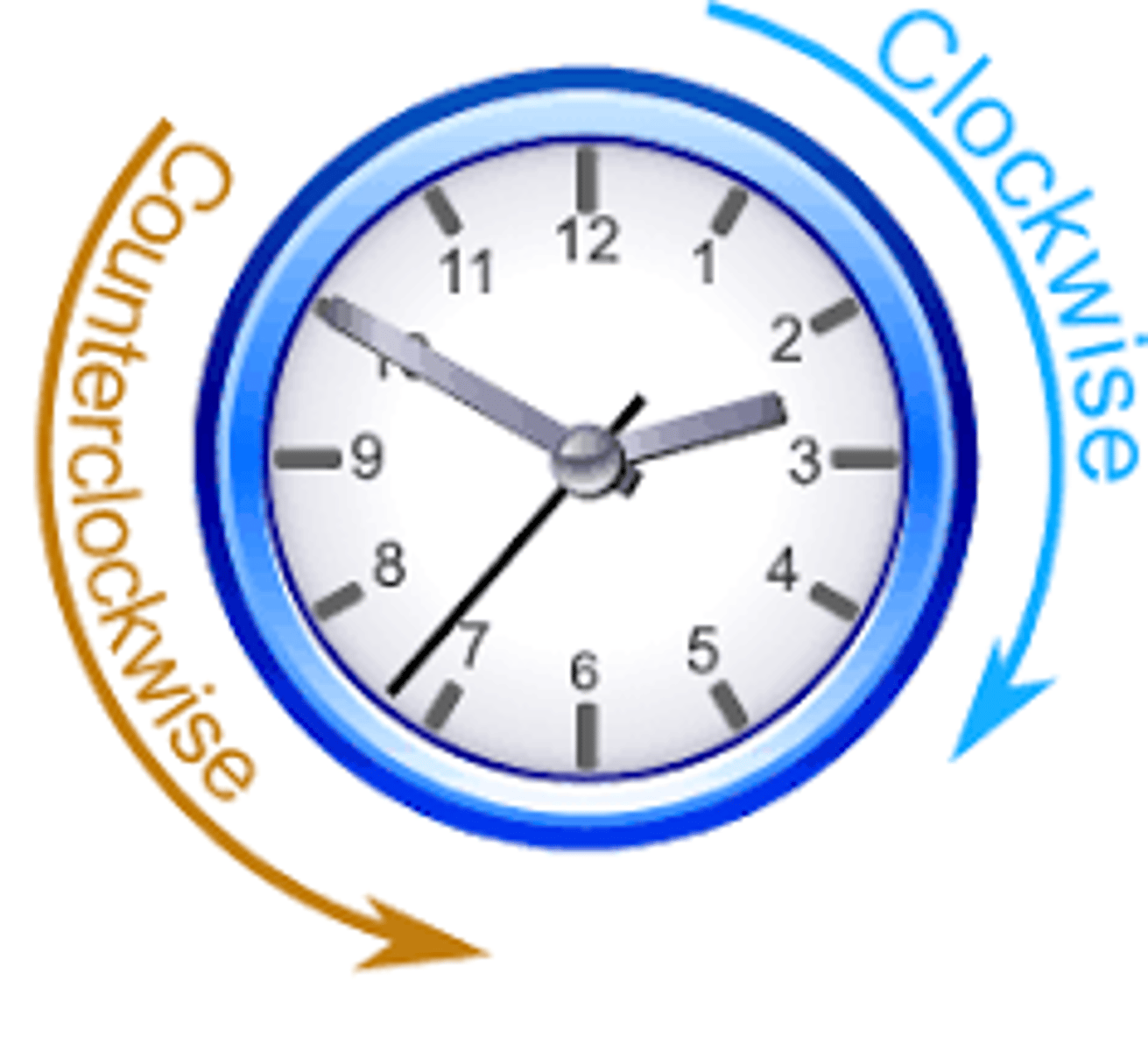
anticlockwise torque
+
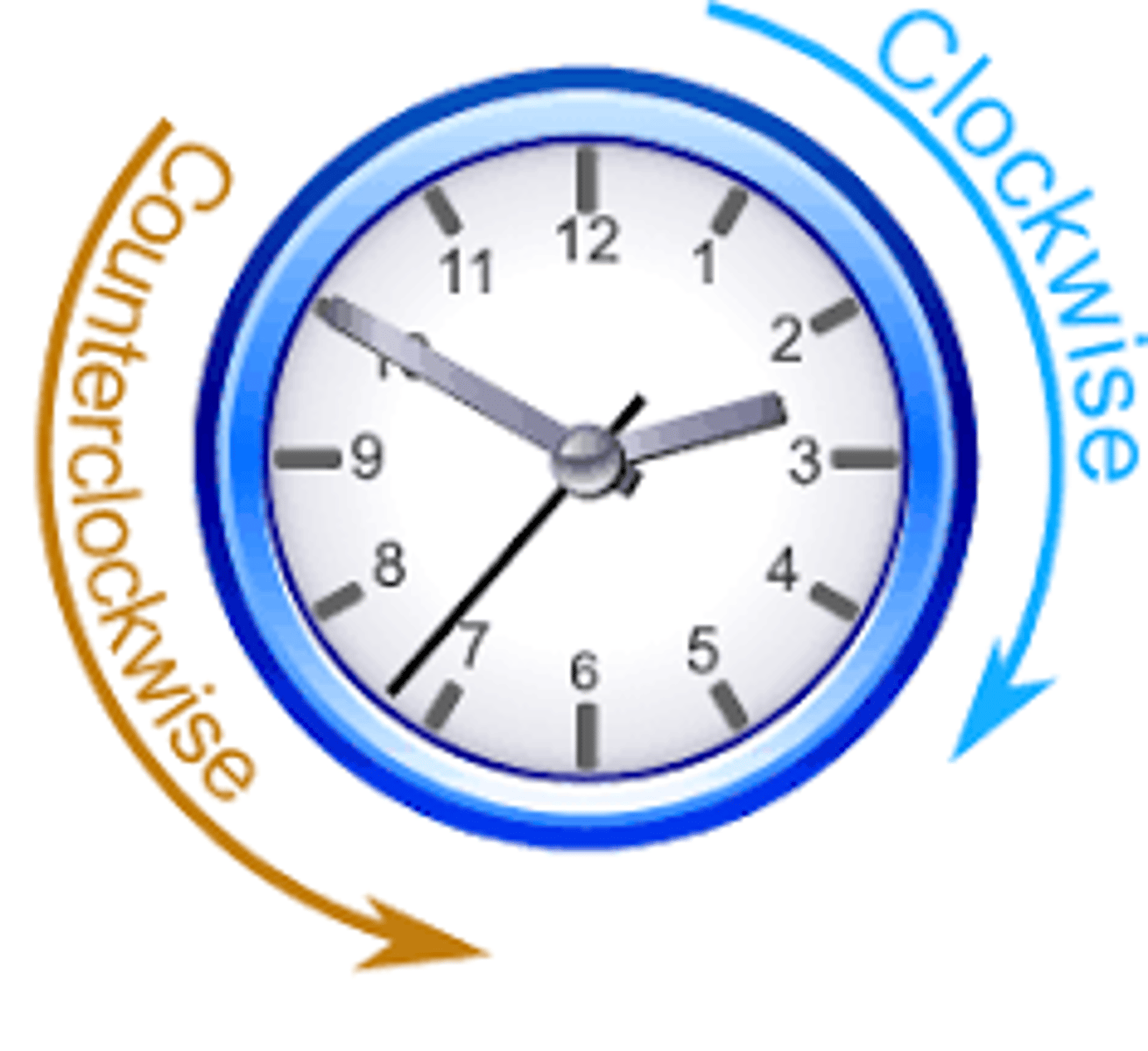
If the angle between two products is 0 the vectorial product is
Zero
Torque
A force applied to rotate an object around an axis provoking an angular acceleration.
It is the vectorial product of distance and force
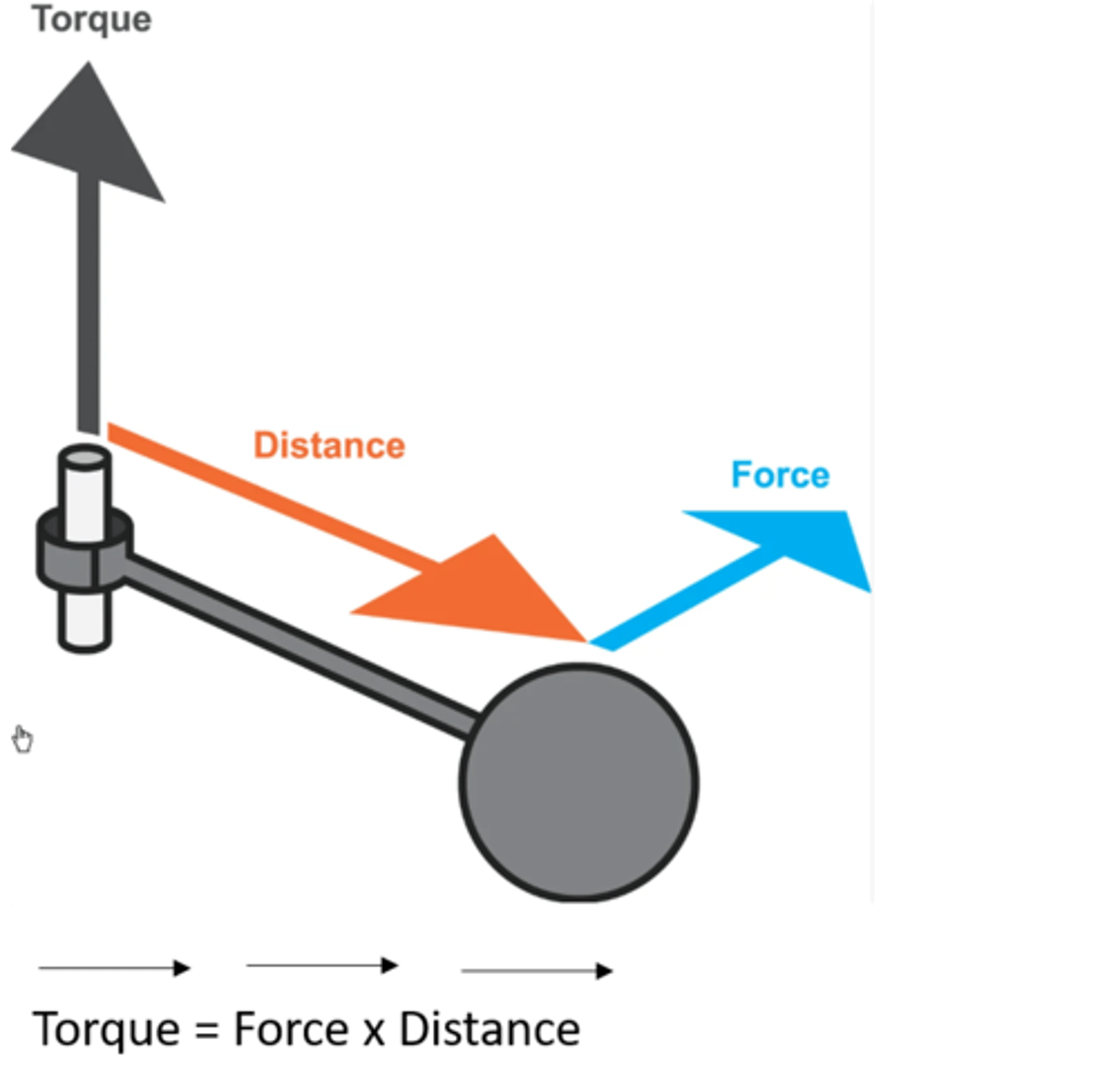
A body in equilibrium the result of forces acting on it is ________________ (no linear movement) and the result of angles acting on it is _______________ (no rotation)
Zero, Zero

A force will produce a ______________________ motion and a torque will produce an __________________ motion
linear, rotation
If the torque produces a rotation Clock Wise is defined as _____________________ while if it is Counter Clock Wise is defined as ___________
Negative Positive
Model of an arm
The sum of forces and the sum of torques must be zero in equilibrium
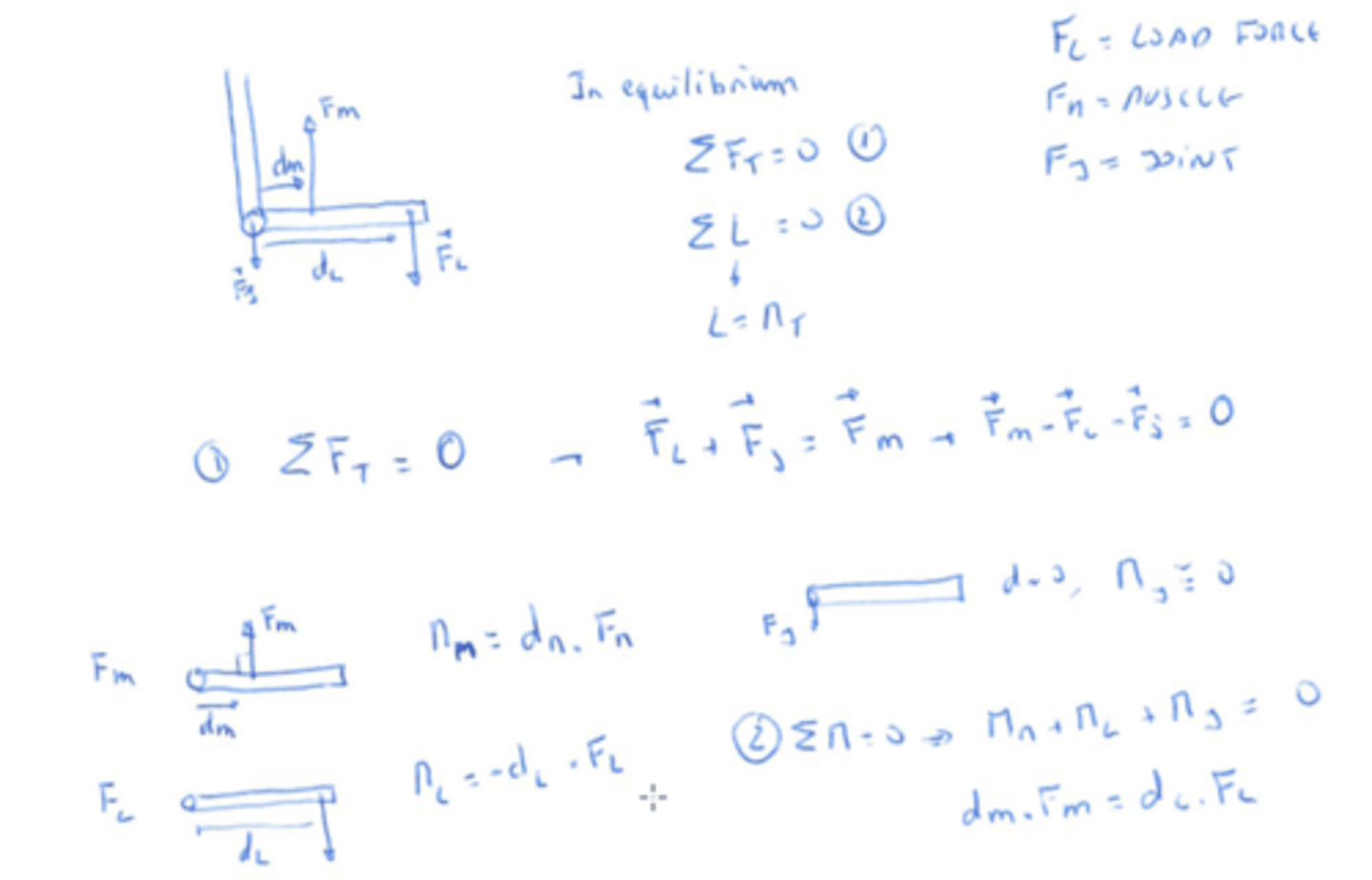
A weight of mass M kg does a force of
F = M x g (g = 9,8 m/s²)
A person extends his/her forearm (the elbow joint). That means that
3. There is rotation movement then there is a torque, but there is no up and down move of the arm parallel to the ground, so no forces.
3 multiple choice options
The figure schematically represents an extremely simplified model of the shoulder joint, where we assume
that the only active muscle is the deltoid (as indicated). The force F1 represents the weight of the arm. The
force exerted by the joint will point:
1. downwards and rightwards
2. downwards and leftwards
3. upwards and rightwards
4. upwards and leftwards
Downwards and rightwards. According to the 3rd law of newton the shoulder joint force will have a reaction force in the opposite direction
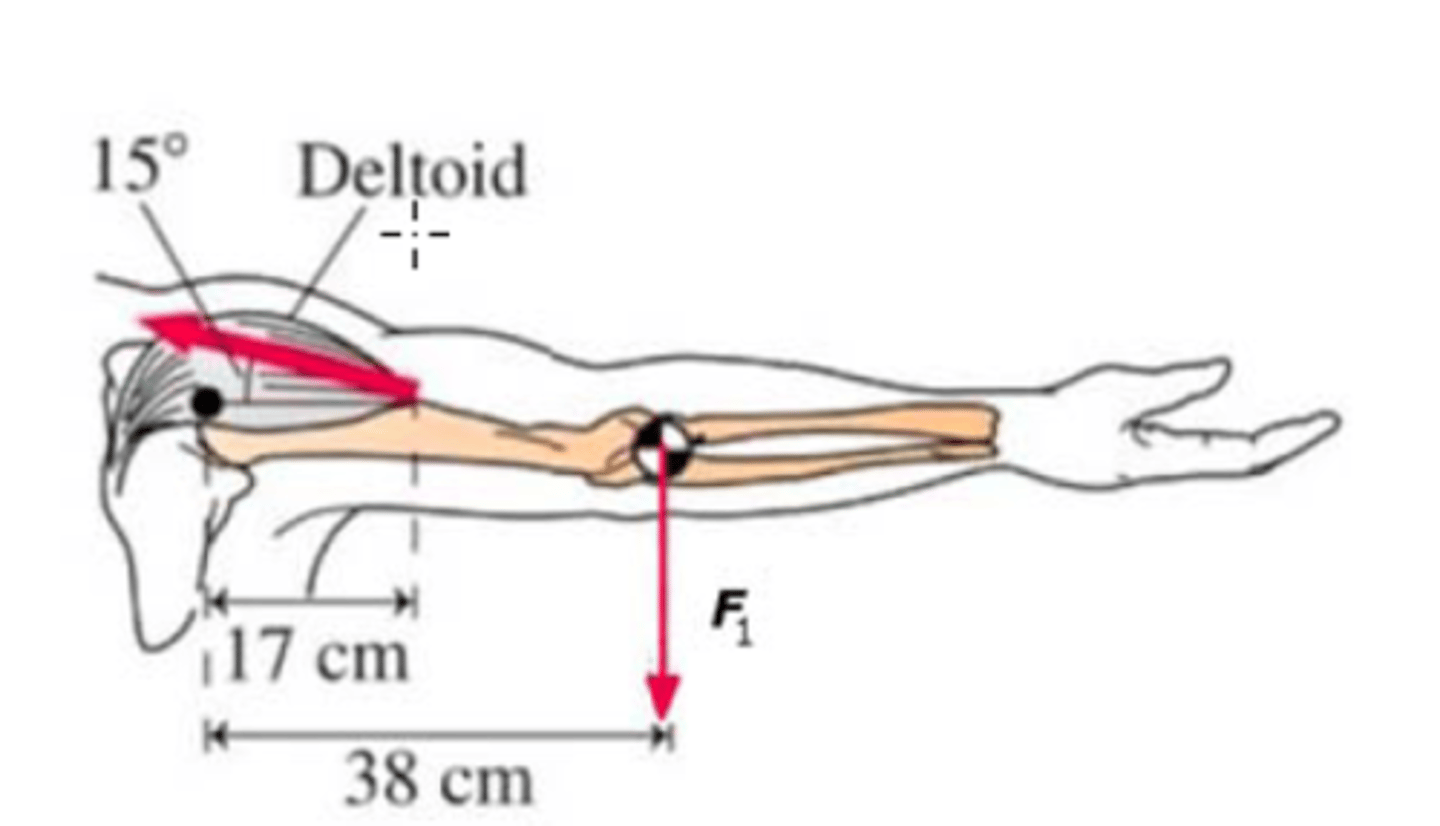
For any joint the minimum 3 forces to be the system in equilibrium are
. Load on the system (FL)
. Muscular Force (FM)
. Force that appears at the joints (FA)
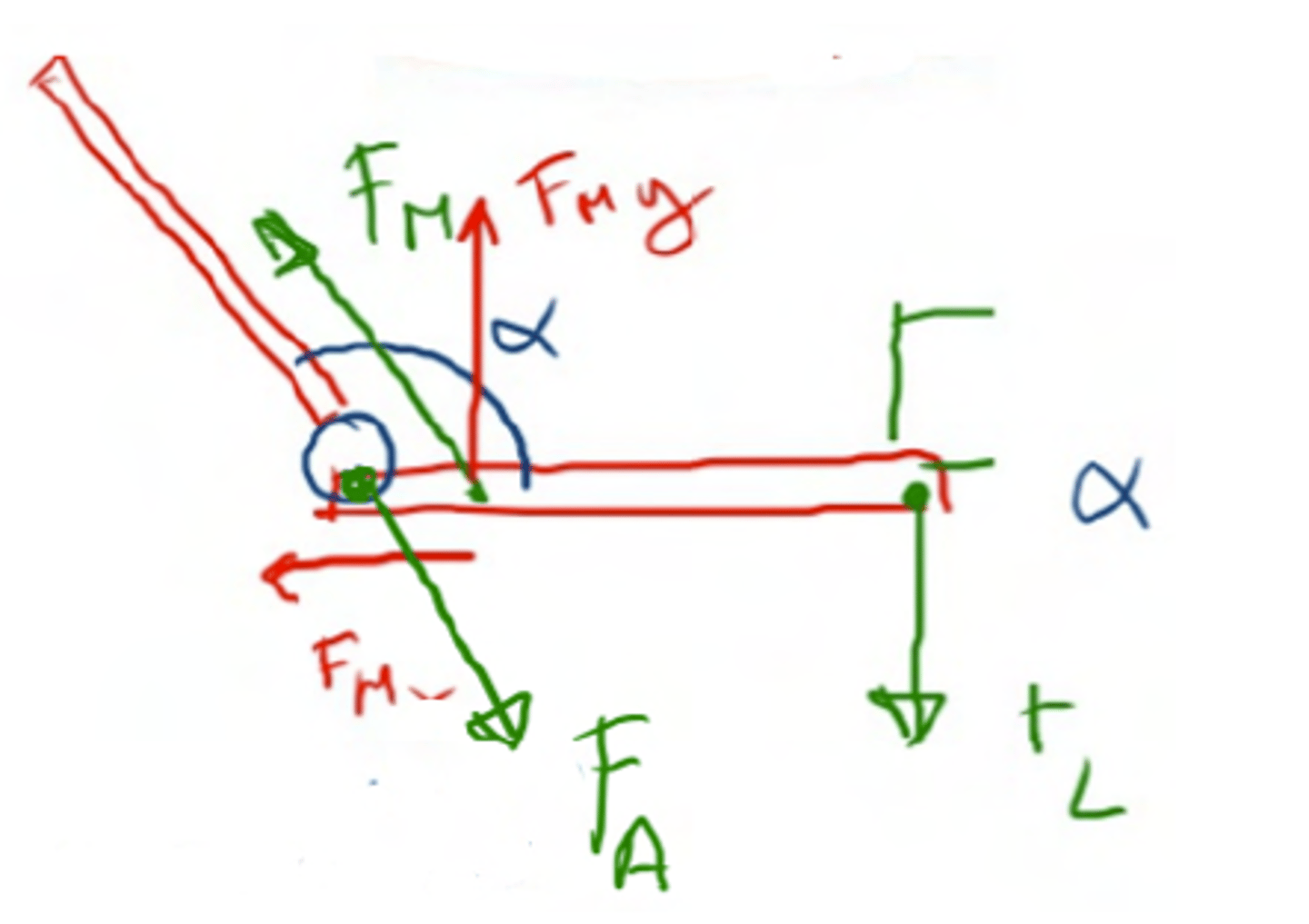
Force joint is a _______________ force to the muscle force. The direction will be __________________ to it
reaction opposite
The reaction force value will depend on
. Load
. Distance to the joint
. Orientation
Excessive reaction force in a joint may produce in the ligaments
stress and torn (sprain)
High force in the muscle in response to a heavy load may result in the muscles in
tearing muscles and tendons (strain)
High loads in the bones may produce
broken bones
The longer the distance of a load to the joint, the muscle force needed to reach the equilibrium will be
higher